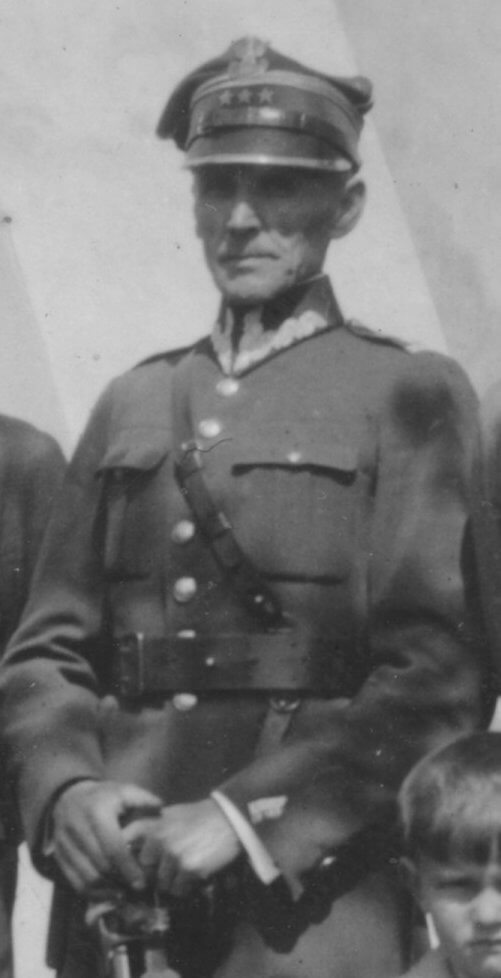
You are here: Home > Individuals > Local Government > Warka local government in the years 1918-1939
x
Warka local government in the years 1918-1939
Edward Twardowski was named the first mayor of free Warka, after Poland regained its independence in 1918. He was followed by Witold Smoszewski–a teacher in a local elementary school. In 1923, the office was held by Zakrzewski, and a year later, Wacław Lisowski.
Mayors and town councilors, who were Catholic, Evangelical, and Jewish alike, faced many difficult yet necessary tasks. The town budget did not provide enough funds to complete the necessary investments. Despite best intentions, some plans fell through and some goals fell short. With limited funds at their disposal, the town authorities had to care for and treat the poor, repair infrastructure, and rebuild education.
In March 1927, town councilors passed a decision to build a new school. Work was underway as early as three months later. It was one of their biggest investments in the interwar period. The official opening took place on November 30, 1930, during November Uprising Centennial celebrations. Mayor Lisowski was incredibly proud of the achievement. Simultaneously, local authorities took other actions of great significance to the residents. They divided the town pasture called Ostrówek into building plots for single-family homes; unveiled a pitch for the soccer club; and continued to pave the streets.
Mayor Lisowski resigned a year after the November Uprising Centennial celebrations. Government Commissioner Major Lucjan Samek took over his office. However, the changes in the local government ran deeper than that. The town council was replaced by a privy council to the state commissioner, and the town’s CFO J. Lengiewicz was replaced by Jan Cybulski.
On August 1, 1932, Colonel Józef Paczkowski took over for Major Samek as the new Commissioner, and in October 1934, he was made the new Mayor. In 1935, the Council adopted a decision on the sale of 92 hectares (under 230 acres) of town pastures to the General Directoriate of the State Forests (Dyrekcja Lasów Państwowych) in Radom. The sale was intended to facilitate building a second school. The investment started in July 1937. During Mayor Paczkowski’s time in office, the town’s infrastructure improved: a road from Warka to Kozienice (40 km or 25 miles southeast of Warka) was commissioned and a new rail line from Warsaw to Kraków through Warka opened. A year later, Colonel Paczkowski resigned as mayor.
While the town council was looking for a new mayor, Józef Konopacki served as interim mayor. On July 20, 1938, the councilors appointed Henryk Jan Barkowski. The new mayor planned to bring order and beauty to the town’s infrastructure. He started by commissioning work at Warszawska Street, which received new green areas. The town hall surroundings followed suit. In his quest, Mayor Barkowski employed a gardener and a building technician. “Warka is working on urban management plans and land planning, which will serve as the basis for the town’s development,” wrote Wiktor Krawczyk in his “Chronicle of the Town of Warka” (“Kronika Miasta Warki”), referring to 1938.
